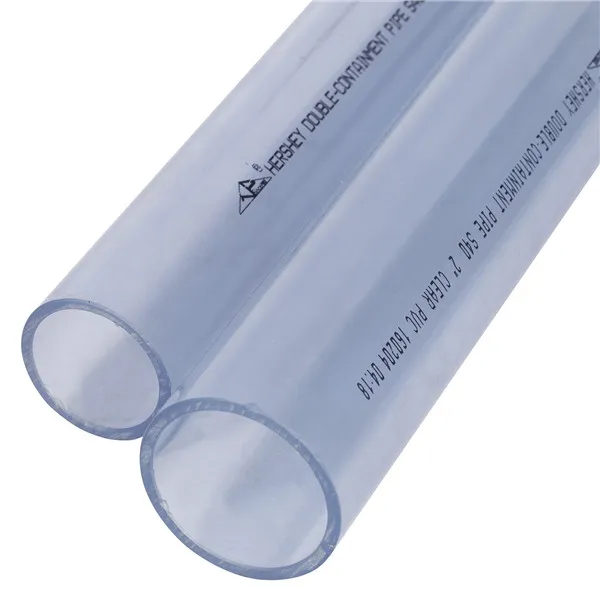Medi . 22, 2024 00:17 Back to list
pe pipe fittings
Understanding PE Pipe Fittings A Comprehensive Overview
Polyethylene (PE) pipe fittings are essential components in various piping systems, widely recognized for their durability, flexibility, and resistance to corrosion. Used in water supply, drainage, and agricultural applications, PE fittings are becoming increasingly popular due to their cost-effectiveness and ease of installation.
What are PE Pipe Fittings?
PE pipe fittings are specially designed connections, adapters, and connectors made from polyethylene, a thermoplastic polymer. These fittings are used to join PE pipes or to connect PE pipes to other materials. Their versatility allows them to accommodate a myriad of applications, including irrigation systems, municipal water distribution, and gas transportation.
Advantages of PE Pipe Fittings
One of the primary advantages of PE fittings is their resistance to corrosive substances, making them ideal for both underground and above-ground installations. Unlike metal fittings, PE does not rust or degrade when exposed to various chemicals, ensuring long-term reliability. Additionally, the flexibility of PE allows for easy bending, which can significantly reduce the need for additional fittings and make installation simpler and faster.
Another notable benefit is the lightweight nature of PE fittings. This characteristic not only reduces transportation costs but also simplifies handling and installation, especially in remote or challenging locations. Furthermore, PE fittings often come with fusion or gasket jointing methods that ensure a leak-proof connection, enhancing the overall integrity of the system.
pe pipe fittings

Types of PE Pipe Fittings
There are several types of PE fittings, each designed to serve specific functions within a plumbing or piping system. Common types include
1. Elbows Used to connect two pipes at an angle, facilitating directional changes in the piping system. 2. Tees Allow the connection of three pipes in a T-shaped configuration, making them essential for branching lines. 3. Reducers Enable a transition from a larger pipe to a smaller one, accommodating various flow requirements. 4. Couplers Straight connectors that join two pipes of the same diameter.
Applications of PE Pipe Fittings
PE pipe fittings are utilized in a wide range of sectors. In agriculture, they are crucial for irrigation systems that require efficient water distribution. In municipal projects, these fittings assist in maintaining robust and effective water supply networks. Additionally, they play a significant role in industrial applications, where they help transport various substances safely.
Conclusion
PE pipe fittings are indispensable in modern piping systems, offering longevity and efficiency. Their resistance to corrosion, flexibility, and ease of installation make them a preferred choice for engineers and contractors worldwide. As industries continue to seek sustainable and durable solutions, the demand for PE fittings is likely to grow, solidifying their role in infrastructure development.
-
Durable PP Rigid Sheet: Lightweight, Chemical Resistant Solutions
NewsAug.21,2025
-
PVC Grey Sheet for Extraction: Chemical Resistant & Durable
NewsAug.19,2025
-
Durable PVC Pipe Fittings for Plumbing & Irrigation Needs
NewsAug.18,2025
-
HDPE Steel Belt Reinforced Spiral Corrugated Pipe | High Strength
NewsAug.17,2025
-
HDPE Pipe Fittings: Durable, Leak-Proof Solutions
NewsAug.16,2025
-
Premium CPVC Sheet: High-Temp & Chemical Resistant Solutions
NewsAug.15,2025

